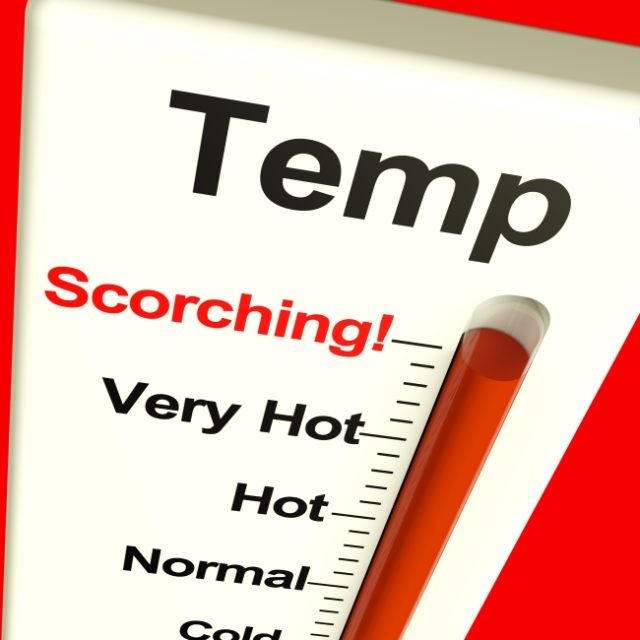
When the weather is blistering hot, Dr. David Claypool, an emergency medicine physician, says you need to listen to your body.
“What starts out as heat cramps can quickly move to heat exhaustion and then heatstroke when the body loses the ability to regulate and cool itself down,” says Dr. Claypool. He adds a reminder that people should begin the day hydrated and keep hydrating. Dr. Claypool says if you feel hot but develop chills, that’s a clear sign you need to slow down and seek cool air or water.
Heatstroke: First aid
Heatstroke occurs when your body temperature rises rapidly and you’re unable to cool down. It can be life-threatening, damaging your brain and other vital organs. It may be caused by strenuous activity in the heat or being in a hot place for too long. Heatstroke can occur without any previous heat-related condition, such as heat exhaustion.
Heatstroke signs and symptoms include:
- Fever of 104 F (40 C) or greater
- Changes in mental status or behavior, such as confusion, agitation or slurred speech
- Hot, dry skin or heavy sweating
- Nausea and vomiting
- Flushed skin
- Rapid pulse
- Rapid breathing
- Headache
- Fainting may be the first sign in elderly adults
Seek emergency medical care
If you suspect heatstroke, call 911. Then immediately move the person out of the heat, remove excess clothing, and cool him or her by whatever means available. Cooling methods include:
- Placing in a tub of cool water or a cool shower
- Spraying with a garden hose
- Sponging with cool water
- Fanning while misting with cool water
- Placing ice packs or cool wet towels on the neck, armpits and groin
- Covering with cool, damp sheets
Let the person drink cool water to rehydrate, if he or she is able. Don’t give sugary, caffeinated or alcoholic beverages to a person with heatstroke. Also avoid cold drinks, as these can cause stomach cramps.
Begin CPR if the person loses consciousness and shows no signs of circulation, such as breathing, coughing or movement.












